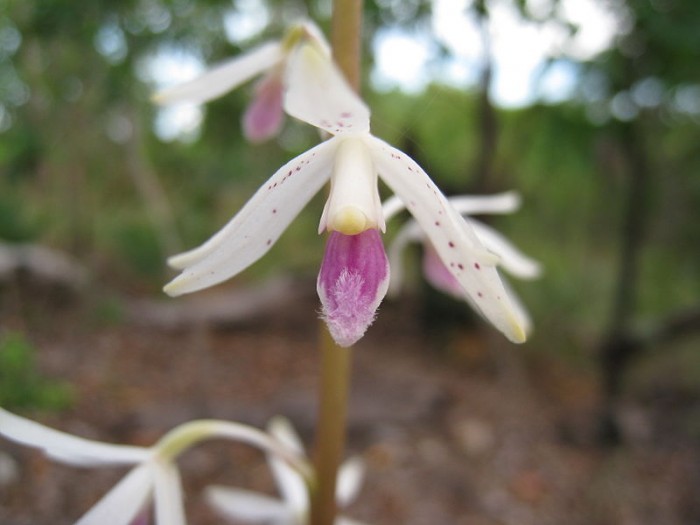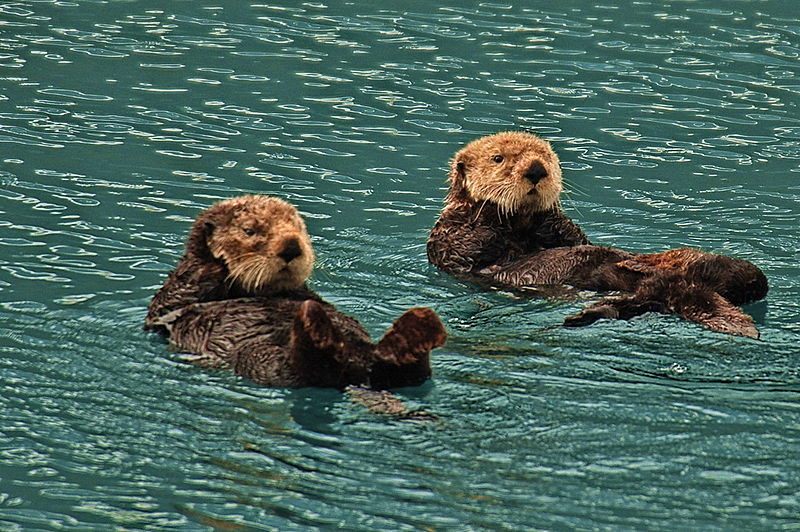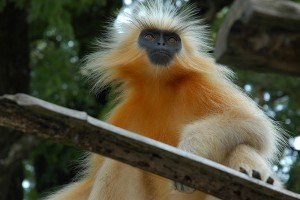Darwin’s Orchid and its Contribution to the Theory of Coevolution
It wasn’t until 21 years later that an African hawkmoth was discovered. This moth had a 30 cm long proboscis and was observed carefully inserting it down the long spur of Darwin’s Orchid to feed.
 Image: By John Tann from Sydney, Australia (Darwin orchid Uploaded by Orchi) [CC-BY-2.0 (http://creativecommons.org/licenses/by/2.0)], via Wikimedia Commons
Image: By John Tann from Sydney, Australia (Darwin orchid Uploaded by Orchi) [CC-BY-2.0 (http://creativecommons.org/licenses/by/2.0)], via Wikimedia Commons Orchidaceae, the orchid family, is one of the most diverse flower families on the planet and also one of the best evolved. Charles Darwin was fascinated by these plants and even wrote a book entitled: Fertilisation of orchids. This book was one of Darwin’s first demonstrations of the idea of coevolution, a concept which he introduced in his most famous book The Origin of Species. The basic definition of coevolution is that the evolution of one species will be affected by the actions of another. In this case the evolution of one organism, orchids, is determined by the actions of another, insects. It is easy to demonstrate this concept when you look at the level of specificity in the pollination of orchids.
First, a brief introduction to the process of pollination in orchids: the pollinium of an orchid is a single stem like structure containing a mass of pollen, the male part of the flower, at its tip. It is usually glued to an insects head or proboscis (its tongue) as it visits the flower. Once the insect leaves the flower the pollinium actively bends so when the insect visits the next flower the pollen is transferred onto the stigma, the female part of the flower.
Perhaps one of the most specifically evolved orchids is Darwin’s orchid. The flower of this plant has a spur which is about 30cm long. The bottom of this spur is filled with nectar. After many attempts to remove the pollinium Darwin found that only a moth with a proboscis 30cm long would be able to drink the nectar of this flower and thus detach the pollinium. At this time such an insect had never been found, however, Darwin predicted that if coevolution was true such a moth had to exist in order to pollinate this flower.
It wasn’t until 21 years later that an African hawkmoth was discovered. This moth had a 30 cm long proboscis and was observed carefully inserting it down the long spur of Darwin’s Orchid to feed. This was a massive success for Darwin’s theory of coevolution and a big milestone in evolutionary biology.
The strong symbiotic relationships that form between orchids and insects help us to realise just how intricate these flowers are and how reliant they are on their pollinators. Today’s modern farming practices, particularly the use of pesticides, may be the cause of declines in many insect species directly affecting relevant orchid species. A good example is vanilla, a valuable member of the orchid family both economically and for our enjoyment. The stingless bee which pollinates vanilla is now critically endangered which means that vanilla is pollinated by hand to meet a growing worldwide demand. However, many orchid species may not attract the funding for such elaborate hand pollination schemes and may suffer greatly from the loss of just one insect species.





One Comment
Outstanding work, have a sudden urge to plant a whole bunch of orchids and get some bees in amongst. Diversify.